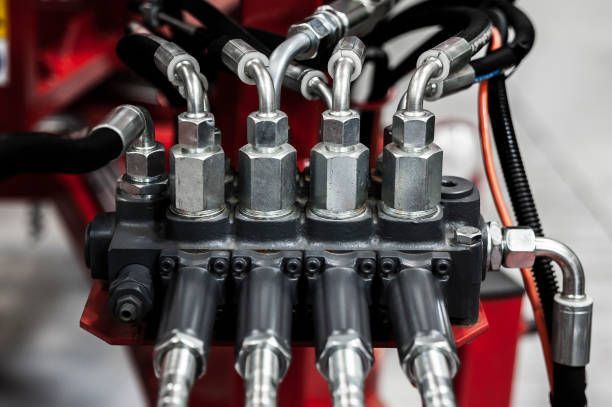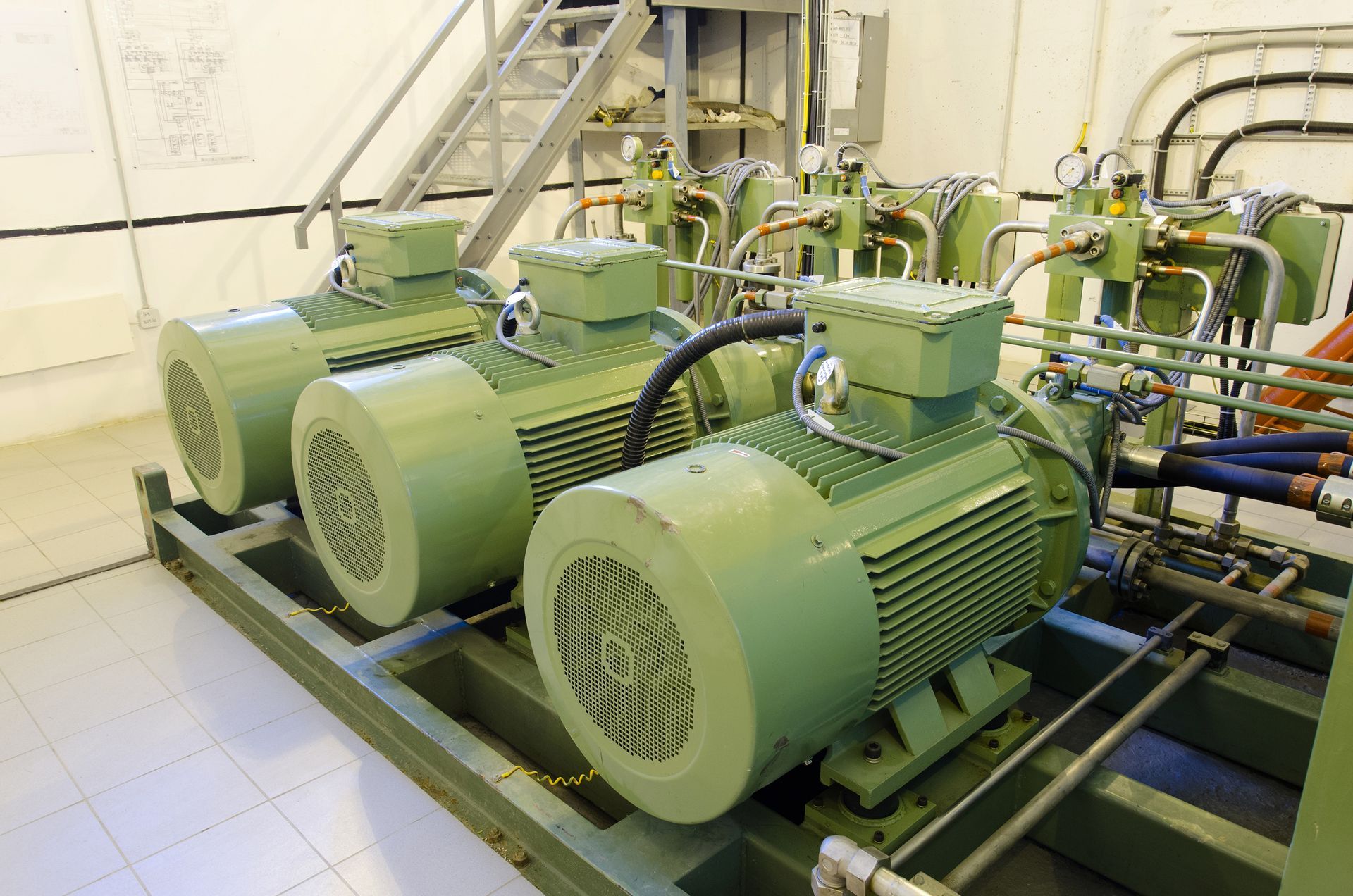How to Drain and Clean Your Hydraulic Pump's Reservoir
Like any other machinery, hydraulic pumps need routine servicing to function efficiently and last longer. An essential factor of this maintenance practice is to empty and clean the hydraulic pump's reservoir.
Fear not if you're uncertain about the correct procedures or have been putting off this task. This article will guide you through the step-by-step process of draining and cleaning your hydraulic pump's reservoir.
Drain the System
To drain the system, empty the liquid from the reservoir, the pipes, the valves, the accumulators, the filter housings, and wherever else it may have accumulated.
Clean the Reservoir
Remove dust or dirt from the reservoir's exterior with a clean, dry lint-free cloth. Next, use a clean rag to wipe out the inside of the reservoir, paying special attention to any areas where paint, sludge, or deposits have become mushy or loose. Also, inspect the reservoir's internal cavities, clearing them of pitting and any buildup of sludge or deposits.
Flush With Specialized Fluid
First, fill the tank with a flushing substance whose viscosity is close to or lower than that of the machine's operating fluid. Stroking the valves repeatedly will help move the cleansing fluid through the system more effectively.
The reservoir can be emptied after the flushing fluid has passed through the system. To avoid a backlog of forward contamination, you should do this as fast as possible at a high temperature. After you have emptied the fluid, inspect the reservoir for debris and sterilize it if necessary.
Bleed the Pump
Load the system with the hydraulic fluid until it is about 75 percent full. Then, either activate the pressure relief valve or turn on the pressure pump. The next step is to operate the pump for 15 seconds and then deactivate it for 45 seconds at regular intervals.
To get the pump going, you need to do this three times. After that, you need to run the pump nonstop for a few hours to get all of the old fluid out of the system and the fresh fluid in, which will get the pump cycling again.
Test the System's Integrity
Power down the hydraulic system and allow the fluid to flow generally by opening the bypass mechanism or pressure relief valve. Operate the system with the pressure release or bypass valve open for one minute, and then allow the system to cool down.
Do not leave the pump under load for more than five minutes after closing the bypass. Raise the relief valve during this time to flush it out. The next step is to turn off the pump and wait at least five minutes before continuing. It is important to give the system some downtime in between each time you run the pump and inspect the relief valve.
Activate the Pump
Ensure the hydraulic system's tank is at least a quarter full before turning on the pump. Activating the pump will trigger fluid to move from the reservoir into the actuator lines. Then trigger each actuator manually.
Let the fluid drain back into the reservoir between actuator uses is necessary. Keep going until you have activated every single actuator. When done, turn off the machine. Maintain a fluid quantity level of at least half capacity by checking it frequently and topping it off as needed.
Refill the Reservoir
Depending on how the system is set up, fill the reservoir to about 75 percent. After filling the reservoir, operate the system for five minutes, letting air out during each shutdown. Listen for cavitation and other strange noises as the system operates. Additionally, the operator should monitor the reservoir for any evidence of cross-contamination during this time. Cross-contamination indicators necessitate filter replacement and further testing.
Evaluate for Stability
After maintenance, the system should be tested to ensure it functions well before being returned to service. You must run the reservoir for six hours to ensure the system is stable and replace the filters. This time frame is adequate for verifying fundamental performance and reducing danger in the event of unforeseen problems.
Contact Quad Fluid Dynamics, Inc., for hydraulic parts replacements and custom parts.


